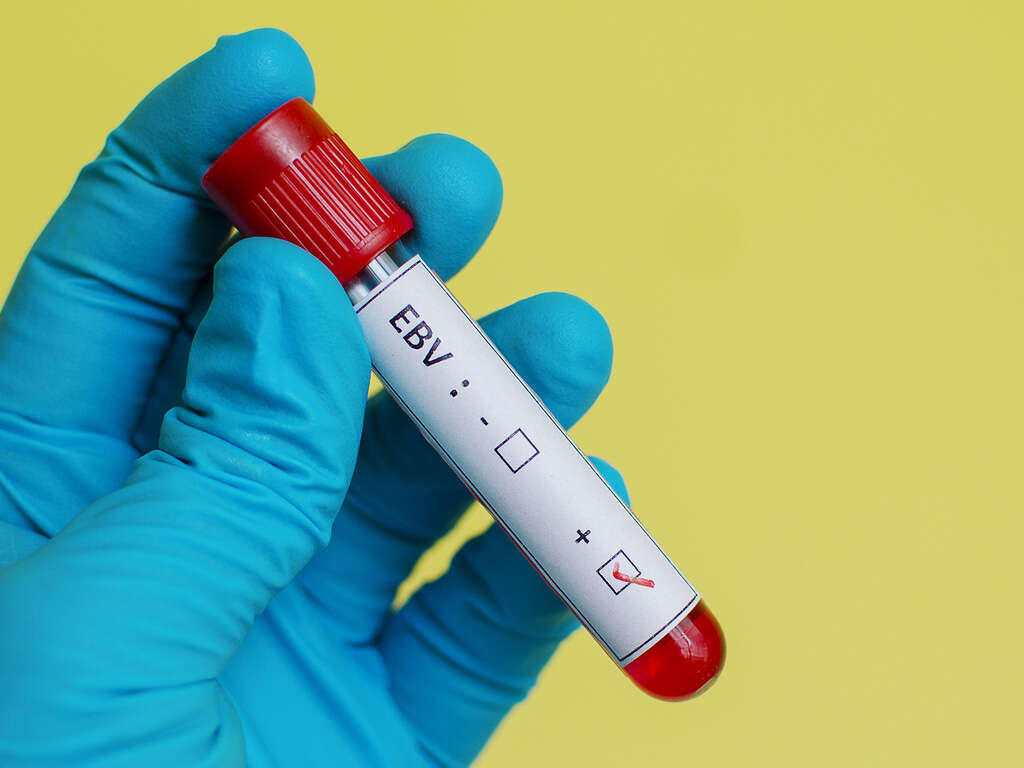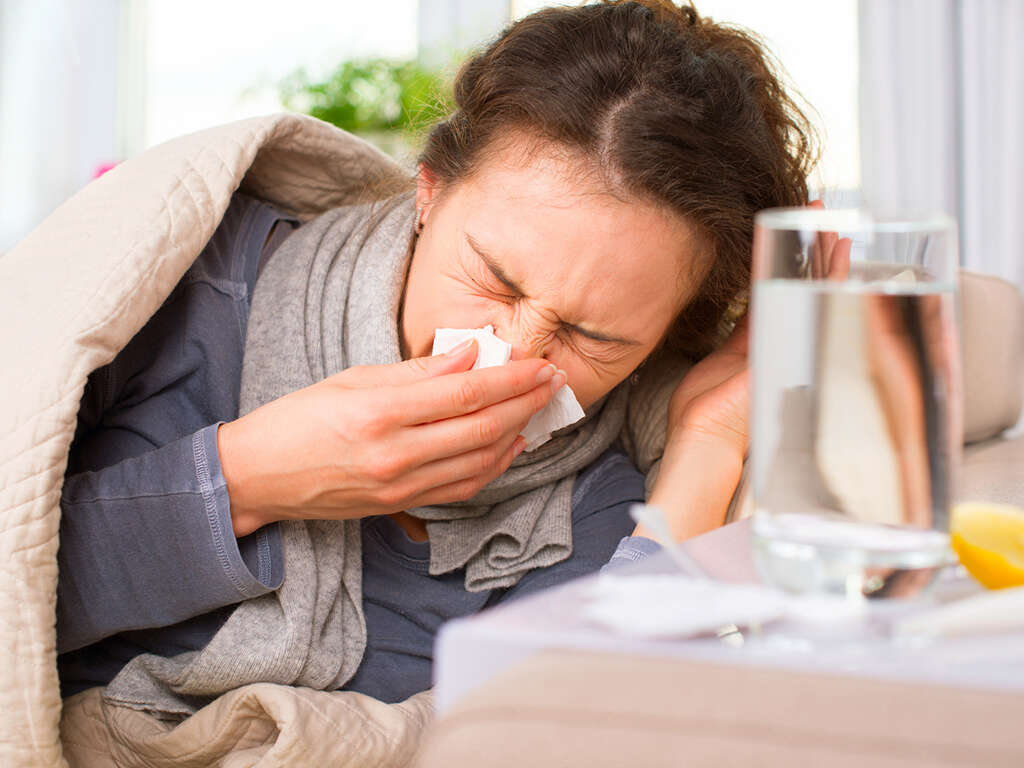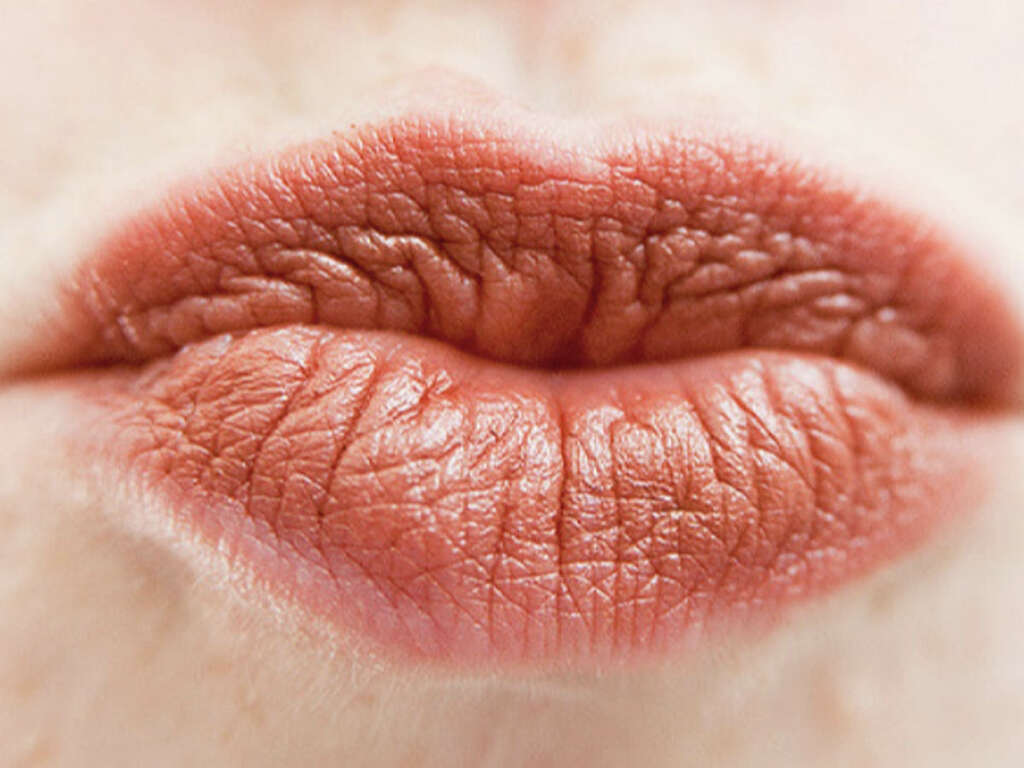What Is Mono?
Diseases like COVID-19 and Ebola are a constant reminder of just how dangerous viruses can be. Viruses are very common and anybody could contract one at any moment. The good news is that the vast majority of them are quite harmless to us as our immune systems are able to protect us.
One example of a virus that causes a mild disease is mono. It will usually only cause mild symptoms and patients with the disease will usually go on to make a full recovery. It can be dangerous in a small number of cases, however, and vulnerable people should be monitored.

1. Mono
Mono, also known as mononucleosis, is a common disease that many people will have had at some point. It is very contagious and it is also, thankfully, usually only mild. It can affect people of all ages, but it is more common in young adults and adolescents. When young children are infected it will usually cause few, if any symptoms.
As things stand there is no vaccine and no cure for mono. However, the vast majority of people will have few problems with the disease, and their immune system will be enough to help them recover. Although it is usually only mild, however, serious complications will arise in a rare number of cases.

2. Causes
Mono is usually caused by the Epstein-Barr virus. The virus is often spread when items like cutlery and crockery are shared. It is often found in saliva, so it is sometimes contracted after kissing an infected person. This is how the disease got another name it is commonly known by: The kissing disease.
Young adults are more likely to catch the disease as they begin having intimate relationships with other people, but it can affect older adults as well. The main reason that it doesn’t usually affect older adults is that their immune systems have built strong defenses against the disease due to more exposure to it than younger people.
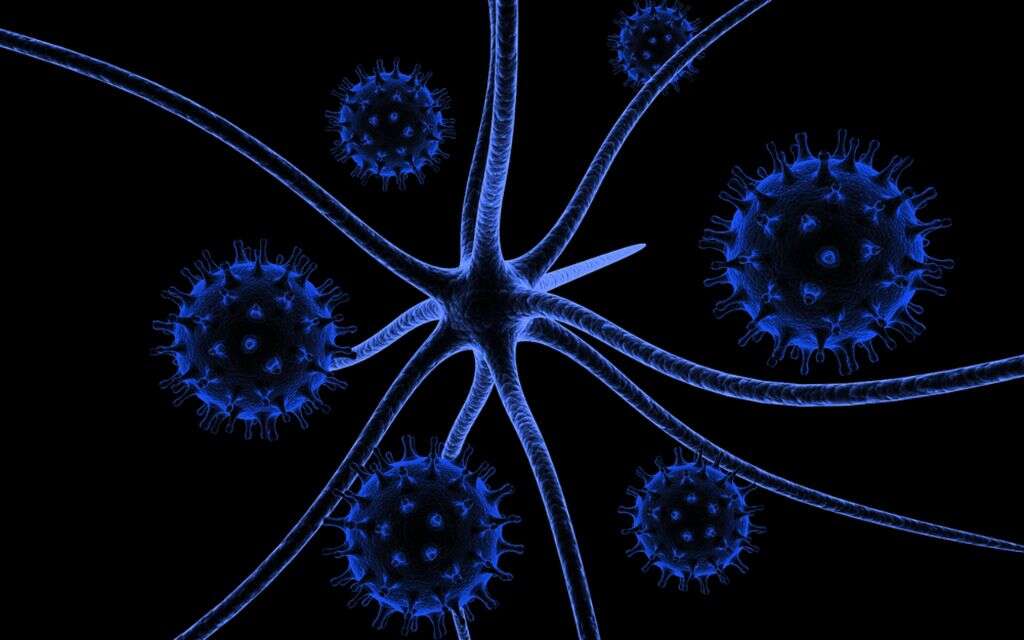
3. Symptoms
The symptoms of mono can be uncomfortable at times, but they are still only likely to be mild. As mentioned, young children with the disease will often experience no symptoms at all. When symptoms do show, the patient will often not see a doctor for a diagnosis because of the mild nature of the disease.
It will usually take around 4-6 weeks after infection for any symptoms do show. When if/when they do show, they typically include a sore throat, and some people will develop tonsillitis. A fever and a headache are also likely, as are swollen lymph nodes. Some patient will also develop a rash, and some will also have an enlarged spleen.

4. Hepatitis
Hepatitis is the medical term for inflammation of the liver. There are numerous potential causes of the condition, one of which is mono. Hepatitis can be dangerous but the symptoms are usually only mild. It can be a long-lasting illness, but many people will make a full recovery.
Inflammation of the liver will mean that the organ is unable to function as well as it usually would. This can lead to further symptoms developing. One such symptom is jaundice which is not a serious condition in itself. It can be a sign of a serious underlying problem, though, so it should always be investigated.
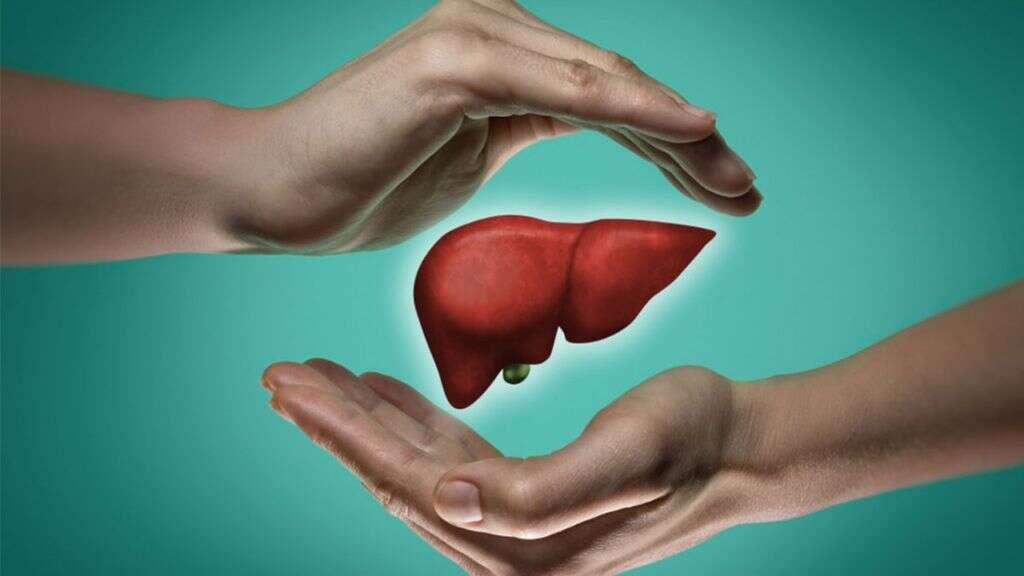
5. Ruptured Spleen
The spleen is an important part of the immune system. When there is a mono infection, the organ can become enlarged due to the extra work it is having to do. This is not usually a problem in itself, but it can lead to a potentially dangerous situation. This is that it can become enlarged to the point where it will eventually rupture.
Symptoms of a ruptured spleen include extreme pain in the abdomen. The patient can also experience light-headiness, blurred vision, confusion, and shock. A ruptured spleen is a very dangerous condition and the patient should be found emergency medical attention without hesitation.

6. Other Complications
Mono also has the potential to cause some other severe problems for the patient. One is Guillain-Barre syndrome, which is a type of autoimmune condition. Mono can also lead to a complication where the blood is not able to clot as well as it usually would. This can lead to the patient losing a dangerous volume of blood if they are injured.
Anemia is another potential problem, the more severe cases of which can be dangerous. There is also the chance that the tonsils can become swollen to the point of blocking the patient’s airways. People with a weakened immune system will also need to be careful, otherwise the symptoms of mono can become severe for them.
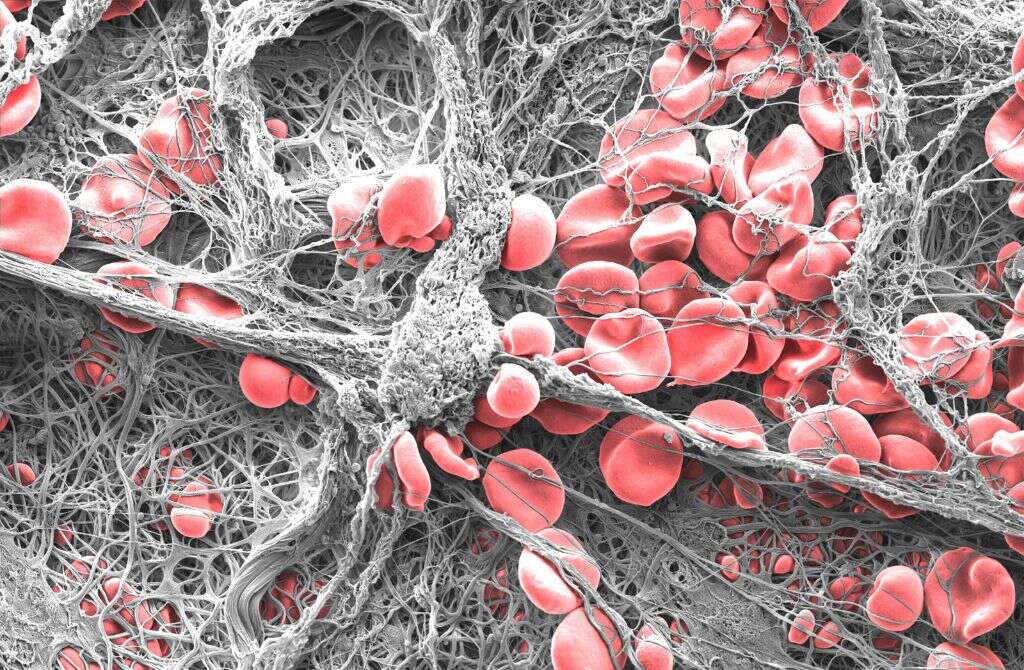
7. Who’s At Risk
Perhaps the highest risk group of those most likely to catch mono are young adults and teenagers. This is because they are unlikely to have developed a strong immune response to the virus yet, but will still start enjoying a lifestyle that will increase their exposure to the disease. Despite this, it can still affect people of any age.
People that have a weakened immune system will also need to take extra precautions. Not only are they more likely to fall ill after exposure, but they are also more likely to develop severe complications. This tends to mean people that are taking medication to suppress the immune system after an organ transplant. It also means people with certain other disease like HIV/AIDS.

8. Prevention
Maintaining good hygiene will go a long way towards preventing mono infections. It is important to wash your hands regularly with soap and water. Using soap is important because the soap helps to dissolve the lipid layer that protects viruses. Washing your hands regularly will help to protect you not only against mono, but also a wide array of other diseases.
You should also try and avoid sharing items with other people, particularly crockery, cutlery, and drinking vessels. Avoiding kissing other people that appear to be ill can also help. People that are ill should also try and isolate themselves as much as reasonably possible to help prevent spreading the disease further.

9. Diagnosis
Your doctor will likely want to ask you about your symptoms and perform a brief physical exam. This is often enough to reach a preliminary diagnosis, and it is not usually considered necessary to get a confirmation. If the doctor does want to conform the diagnosis, however, they will likely request some tests.
A blood sample can be taken for further analysis to help look for signs of the virus. Another test is a monospot, which has been created to help diagnose mono specifically. The test works by looking for antibodies used to fight the virus. These antibodies will often not appear until a week after infection, however, meaning mono will likely be missed if the test is done too soon.
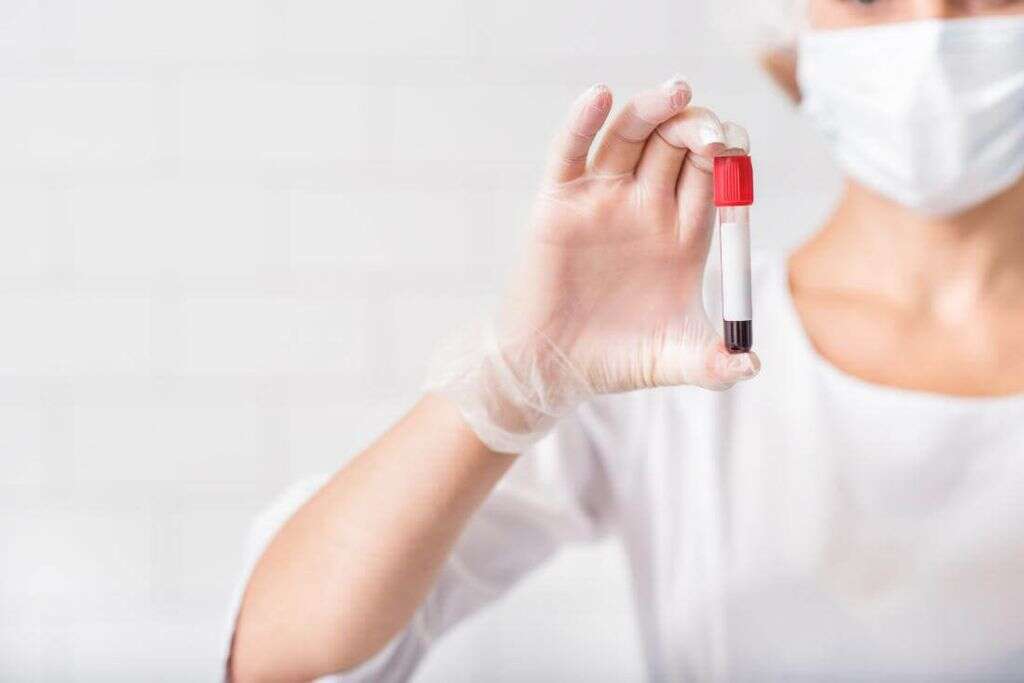
10. Treatment
Our immune systems will usually be able to handle mono alone, so treatment is not usually deemed necessary. The patient is usually asked to simply rest up and take on board plenty of fluids. Medication may be prescribed to help lessen the discomfort caused by the patient’s symptoms, however.
Some patients with mono will also go on to develop other infections like strep throat. Strep throat is a bacterial infection so it can be treated with antibiotics where necessary. If the patient does show signs of serious complications of the disease then they should be found medical assistance as soon as possible.




